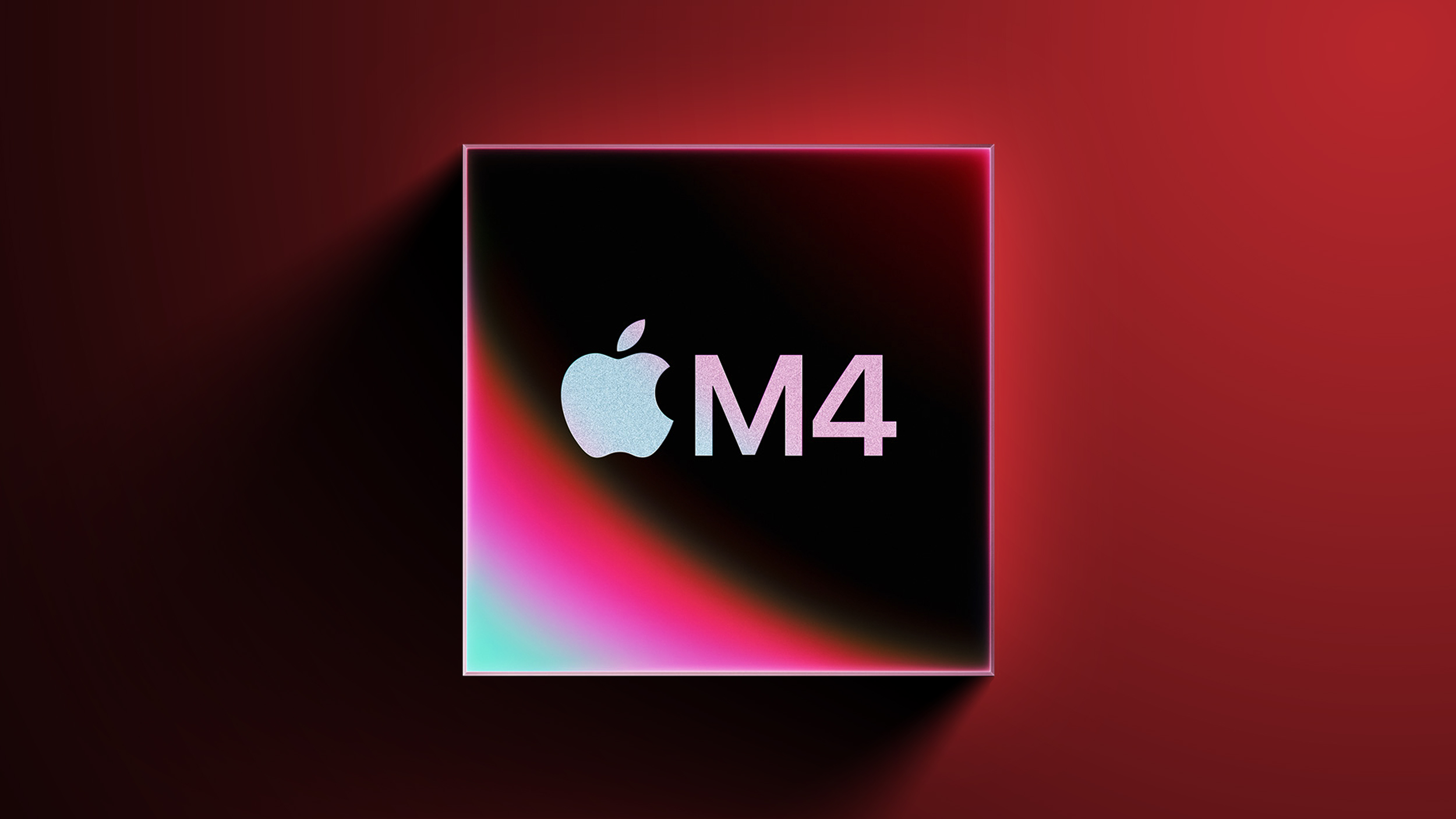![]()
MacBook Pro models with an M4 chip are expected to launch in the fourth quarter of 2024, according to display analyst Ross Young. In a
tweet for subscribers, Young said that panel shipments for new 14-inch and 16-inch MacBook Pro models are set to begin in the third quarter of 2024, which suggests a launch toward the end of the year.
Apple started its M4 chip refresh in May with the launch of the M4 iPad Pro, but the first Macs with M4 chips are also slated for a 2024 launch. According to
Bloomberg's Mark Gurman, Apple will refresh both the MacBook Pro and Mac mini lineups this year.
The entry-level 14-inch MacBook Pro is expected to get an M4 chip, while the 14-inch and 16-inch MacBook Pro models will be updated with M4 Pro and M4 Max chips. The Mac mini will get M4 and M4 Pro chips. The MacBook Air, Mac Studio, and Mac Pro models won't be updated with M4 chips until 2025, and it is not yet clear when the iMac might see an update with the refreshed chip technology.
Apple's M4 chip is built on an upgraded 3-nanometer node, with Apple first introducing 3-nanometer technology with the M3 line. In Geekbench 6 benchmarks, the M4 chip is up to 25 percent faster than the M3 chip when it comes to multi-core performance, so we could see similar gains for the M4 Pro and M4 Max chips.
Aside from M4 chips, the upcoming MacBook Pro models are not expected to have significant feature updates. Apple is working on OLED display technology, but an OLED MacBook Pro is not expected until 2026 at the earliest.
Article Link:
M4 MacBook Pro Models Expected to Launch in Late 2024




